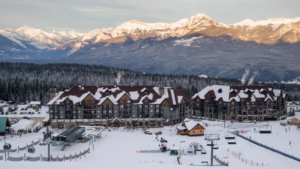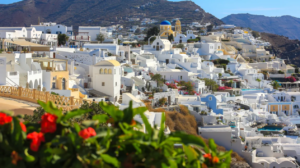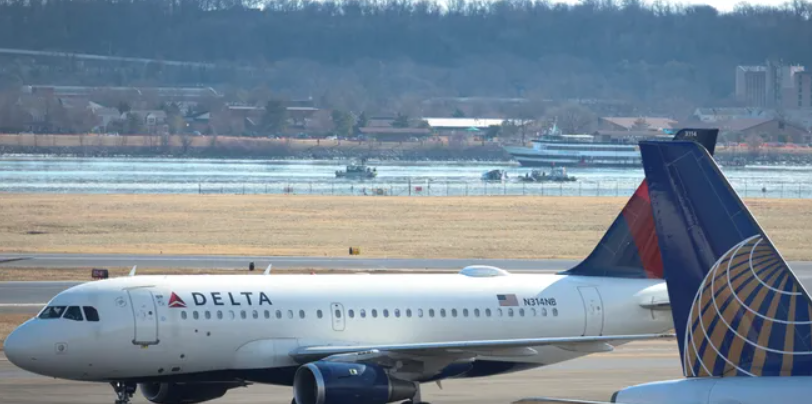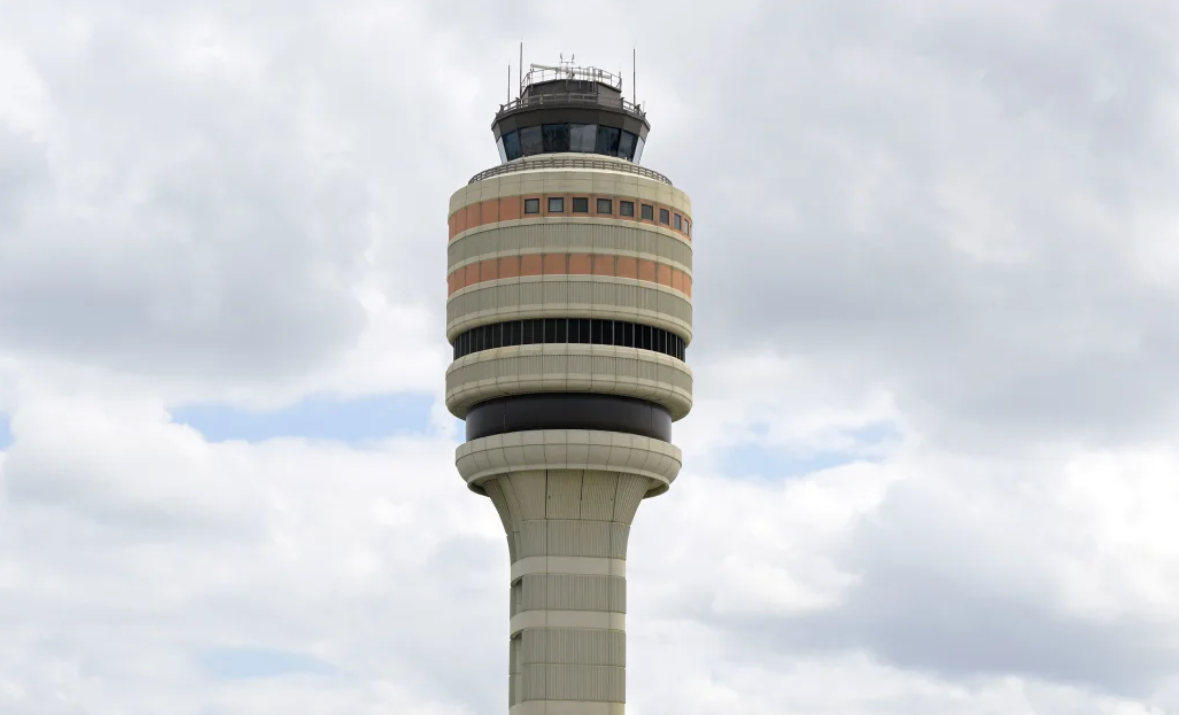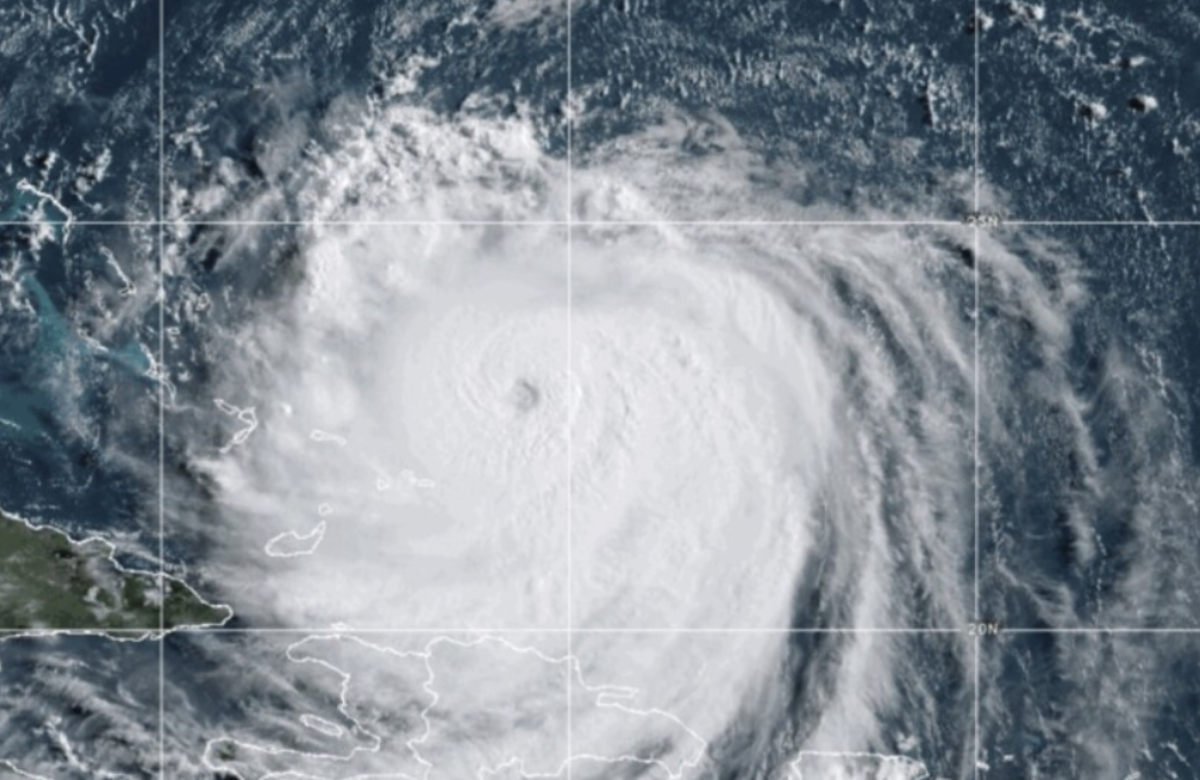Seismic activity affecting Santorini and other Greek islands may not have ended, with the possibility of an even larger earthquake still to come, according to a seismologist.
Rémy Bossu, the Secretary-General of the European-Mediterranean Seismological Centre, explained that it may take “days, or perhaps weeks” to fully assess the unusual tremors. He also noted that such tremor sequences often happen as a precursor to a larger quake.
A state of emergency has been declared on the picturesque Greek island of Santorini due to a series of continuous tremors in recent days, which have nearly emptied the popular tourist destination of both visitors and locals.
The strongest quake so far occurred on Wednesday evening, registering a magnitude of 5.2. It marked the first tremor above 5.0 since the seismic activity began last week.
Located at the junction of the African and Eurasian tectonic plates, Santorini is no stranger to seismic activity, but the current intensity and duration are unusual. In addition to Santorini, the nearby islands of Amorgos and Ios have also felt the tremors.
Rémy Bossu, Secretary-General of the European-Mediterranean Seismological Centre, referred to the ongoing seismic activity as an “earthquake swarm,” noting it is “very unusual.” Typically, after a large earthquake, aftershocks follow, gradually decreasing in magnitude and frequency. However, in this case, the tremors have been increasing in both magnitude and frequency, which is not typical behavior for such events.
Santorini has been experiencing hundreds of tremors every few minutes over the past few days, most of which have had a magnitude around 3.0, classified as “slight” quakes. The largest tremor, a magnitude of 5.2, hit on Wednesday and is considered “moderate.” This was followed by at least five additional quakes with magnitudes above 4.0, which are categorized as “light” tremors.
According to Rémy Bossu, Secretary-General of the European-Mediterranean Seismological Centre, this pattern of increasing tremors is indicative of “foreshock” activity. Foreshocks often precede a larger earthquake, suggesting that a bigger tremor could still occur. This is why Greek authorities have implemented precautionary measures, including evacuations and preparations for potential rescue operations.
Greek Prime Minister Kyriakos Mitsotakis visited Santorini on Friday morning to review emergency responses and reassure the public. “I want to assure the residents of Santorini and the neighboring islands, who are facing challenges, that the state is fully supporting them,” he said, adding that they hoped the seismic activity would end soon, allowing life on the island to return to normal.
Greece’s Earthquake Planning and Protection Organization has warned that the seismic activity could continue for days or even weeks. Santorini, while not in peak tourist season, is still a popular destination with over 3.4 million visitors each year, and it is home to around 20,000 permanent residents. So far, around 11,000 people have fled the island due to the tremors. One temporary worker on Santorini, Beni Ouklala, expressed fear, saying, “We are going to leave because I am afraid, there are constantly earthquakes, and we have to leave for the kids, so the kids can calm down.”
Tourist boat captain Eftichis Diamantopoulos, 63, remained calm amid the ongoing tremors. “Why should we leave?” she asked. “If something happens, it happens.”
Greek authorities have arranged additional flights to help people evacuate to the mainland, though evacuation efforts faced complications on Wednesday when ferries were halted due to high winds. By Thursday, normal ferry service resumed.
The earthquake activity is not centered beneath Santorini, but rather between Santorini and the nearby island of Amorgos. The tremors are occurring about 25 kilometers northeast of Santorini and 20-25 kilometers southwest of Amorgos. Despite being located at this distance, the quakes are still felt in Santorini.
Rémy Bossu explained, “When you have such a large number of earthquakes felt by the population, it raises anxiety. The people in the area are very concerned… And it is logical because nobody can predict how it will develop.” He added that it would take at least a few days, or perhaps weeks, to assess the situation fully.
Santorini and its surrounding islands experienced a major earthquake in 1956, when a 7.7 magnitude quake struck south of Amorgos, followed by a 7.2 magnitude earthquake near Santorini. The tremors caused significant damage to both islands and generated a 25-meter-high tsunami. In total, 53 people lost their lives, and around 100 others were injured.

